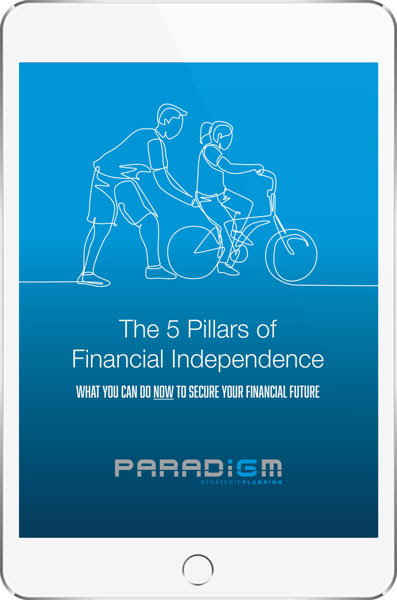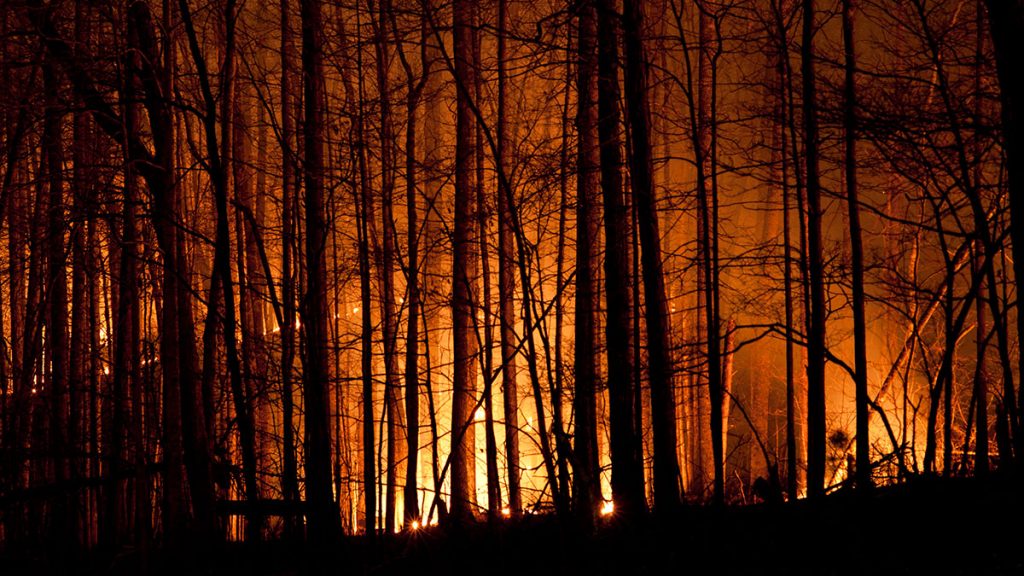It’s devastating when a natural disaster destroys or damages your home. Finding out you don’t have enough insurance can add to your distress.
Understanding what events and damage are covered by insurance can help you get the right cover for your home.
Knowing if you live in a disaster-prone area can give you a better understanding of your risk. This helps you choose coverage for the events that are most likely to happen to your home.
Finding out if you live in a disaster-prone area
To find out if your home is in a natural disaster-prone area, contact:
- your insurance company
- your local council
- an emergency services organisation in your state or territory
Ask them about flood mapping, historical flood records, and the Bushfire Attack Level (BAL) of your home. If you contact your council, ask them whether your house meets natural disaster standards.
It’s also important to understand the different types of cover.
Floods
For some policies, cover for damage caused by floods is optional. For example, floods caused by overflowing streams, rivers, creeks and dams due to rainfall or a rise in the water level.
Even if you do pay for flood cover, most policies have exclusions, including:
- Actions of the sea, such as storm surges, high tides and king tides.
- Flood water combined with run-off or rainwater.
- Flood not caused by rainfall, for example, a landslide caused by a storm.
- Flood as a result of a blocked or broken stormwater drain, water pipe or gutter.
- Damage to gates, fences, retaining walls and driveways.
- Rainwater entering your home due to a structural defect, faulty design or poor maintenance.
- Wind, rainwater, hail or snow entering your home through an open window or door.
If you’re not sure what cover you have, ask your insurer or read your policy’s product disclosure statement (PDS).
Fire
Most home and contents insurance covers you for damage caused by fire, including bushfire.
Generally, a flame has to cause the damage. This means you’re not covered for heat-related damage, like scorching and melting, or smoke, ash and soot damage (is say, your home is damaged by a nearby fire or bushfire).
Common exclusions from fire insurance include:
- A bushfire that occurs less than 72 hours after you bought your policy.
- Intentional fires.
- Accidental fires caused by negligence or recklessness.
- If your house doesn’t comply with fire regulations, for example, a heater isn’t installed properly.
Storms
Most home insurance and contents insurance covers storms. This includes damage caused by lightning, cyclones, strong winds, rainwater, hail and snow. Rainwater is usually defined as water that falls from the sky. Cover usually includes damage caused by:
- rainwater run-off — excess rainwater that collects and flows in normally dry areas
- rainwater that overflows from stormwater drains
Check if you have enough insurance to rebuild and repair
If you live in a disaster-prone area, it’s worth considering ‘total replacement cover’ with your home insurance. This covers whatever it costs to repair or rebuild your house to the same standard. It’s generally more expensive, but means you’re less likely to be underinsured.
However, most insurers only offer ‘sum insured cover’. This is an estimate of how much it would cost to repair or rebuild your house.
To avoid being underinsured with sum insured cover, check if your insurer offers a ‘safety net’ or ‘safeguard’. This means they add up to 30% to your sum-insured amount in the event of a total loss.
For more information, see the “cover the cost of rebuilding your house” article on the ASIC Moneysmart website.
Also, check your policy or ask your insurer about claim limits (or caps). These are the maximum amounts for repairing damaged items and the total amount you can claim.
—
 If you like this article, you might be interested to know that we share useful thoughts and information like this in our monthly financial insights email. You can subscribe to that email here. All subscribers receive a copy of our e-book: The 5 Key Pillars of Financial Independence.
If you like this article, you might be interested to know that we share useful thoughts and information like this in our monthly financial insights email. You can subscribe to that email here. All subscribers receive a copy of our e-book: The 5 Key Pillars of Financial Independence.
General Advice Disclaimer
This article contains general advice only, which has been prepared without taking into account the objectives, financial situation or needs of any person. You should, therefore, consider the appropriateness of the information in light of your own objectives, financial situation or needs and read all relevant Product Disclosure Statements before acting on the information. Whilst every care has been taken to ensure the accuracy of the material, Paradigm Strategic Planning or Sentry Advice Pty Ltd will not bear responsibility or liability for any action taken by any person, persons or organisation on the purported basis of information contained herein. Without limiting the generality of the foregoing, no person, persons or organisation should invest monies or take action on reliance of the material contained herein but instead should satisfy themselves independently of the appropriateness of such action.
Paradigm Strategic Planning Pty Ltd is an Authorised Representative of Sentry Advice Pty Ltd AFSL 227748
